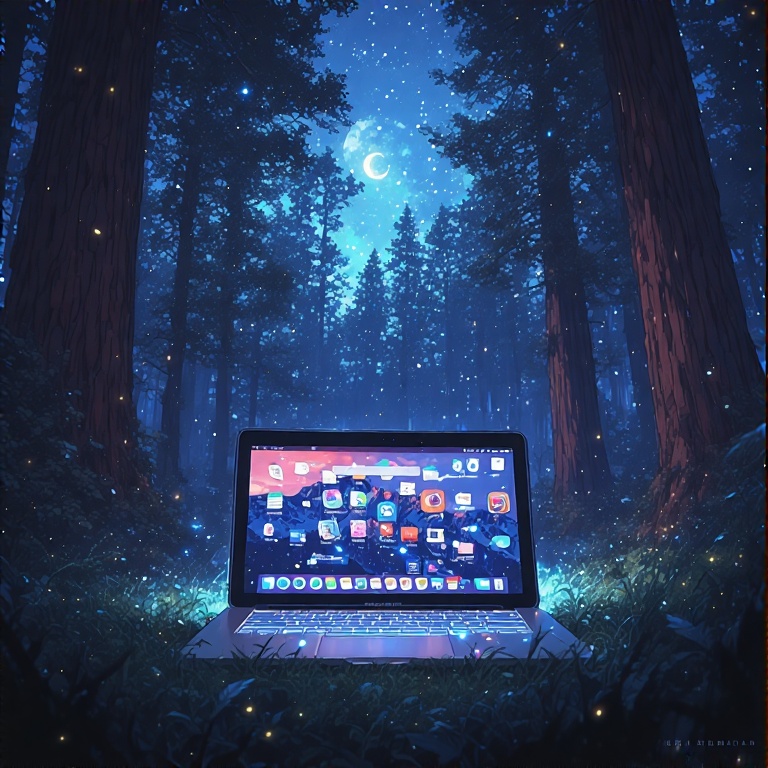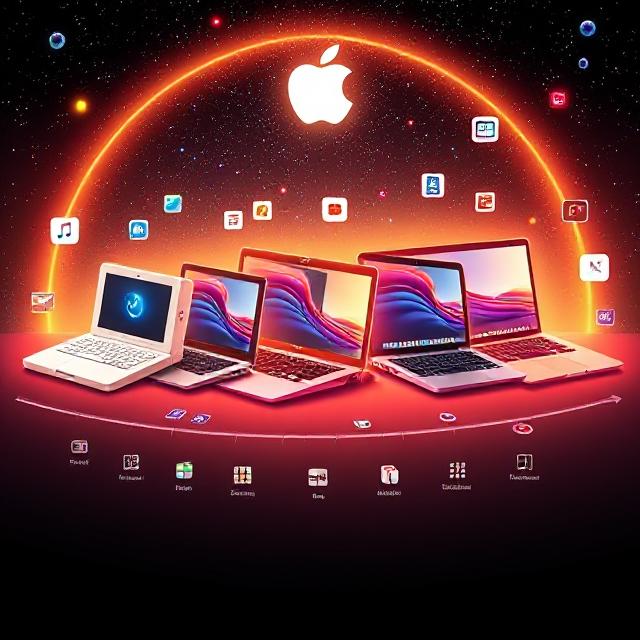If you’ve ever found yourself staring at your Mac and wondering, “Wait, which version of macOS am I even using?” — you’re not alone. Apple’s naming scheme has gone from jungle cats to California vacation spots faster than you can say “software update.” So let’s take a friendly stroll down macOS memory lane — from Cheetah to Sequoia, and onward to the futuristic-sounding Tahoe. Buckle up, Apple fans. This is going to be a geeky-good time.
So, What’s the Latest macOS?
Drumroll, please… it’s macOS Sequoia — named after the towering trees of California’s Sequoia National Park (because clearly, Apple’s naming team likes long hikes and fresh air). Officially released in September 2024, it’s now on version 15.5 as of May 2025. This latest update brings tweaks to Screen Time, sprinkles in some Mail upgrades, and tightens security — because in 2025, digital security is just adulting 2.0.
But wait, there’s more: macOS 26 Tahoe is already knocking at the door. Announced at WWDC 2025, it’s currently in beta mode, chilling in developer land with a public beta expected soon. Its final release? Likely September or October 2025. (Yes, Apple is already naming software like it’s a Tesla model.)
What Even Is macOS, Really?

Let’s get one thing straight: macOS is your Mac’s brain and backbone. It’s like the invisible wizard behind the curtain that makes your files open, apps launch, and lets you frantically hit ⌘ + Z at 2 a.m. when you accidentally delete your essay.
macOS used to be called Mac OS X (yes, that fancy “X” stood for 10), and that started way back in 2001. But even before that, there was Mac OS 9, last updated in 2001. And here’s a little Apple trivia: macOS is built on Unix tech, thanks to Steve Jobs bringing over the NeXT Computer magic when he made his epic return to Apple in the ’90s.
The Mac OS X-to-macOS Evolution: From Cats to California
Apple’s early OS versions were all about big cats. Think:
- Cheetah (2001)
- Panther (2003)
- Tiger (2005)
- Leopard, Snow Leopard, Lion, Mountain Lion…
Basically, your Mac was a zoo. But starting in 2013, Apple swapped cats for California landmarks — probably after one too many company retreats:
- Mavericks, Yosemite, El Capitan
- Sierra, High Sierra, Mojave
- Catalina, Big Sur, Monterey
- Ventura, Sonoma, Sequoia
- Coming Soon: Tahoe
Internally, Apple got even wine names (hello, “Merlot” and “Chardonnay”), then apple types (yep, like Jazz and Gala).
The Complete Lineup (aka Apple’s Greatest Hits)

Here’s your time capsule of major versions:
- OS X 10.0 to 10.11 (2001–2015): From Cheetah to El Capitan
- macOS 10.12–10.15 (2016–2019): Sierra to Catalina
- macOS 11 to 15 (2020–2024): Big Sur to Sequoia
- macOS 26 (coming soon): Tahoe
Yes, you read that right — Apple jumped from macOS 15 to 26. Why? To line up the version numbers across macOS, iOS, iPadOS, and the rest of the Apple universe. Logical? Yes. Confusing? Also yes.
How to Know Which Version You’re Running
Not sure what version your Mac is rocking? Click the Apple logo in the top-left corner, hit “About This Mac,” and boom — it’ll tell you everything: your current version, build, and even which emoji your Mac most closely identifies with (okay, maybe not the last part).
How to Update Your Mac (The Easy Way)
If you’re not updating your Mac automatically, you’re missing out. Here’s how to make sure you’re future-proofed:
- Ventura and newer: Head to System Settings > General > Software Update
- Monterey or older: Go to System Preferences > Software Update
- High Sierra and older: Use the App Store and check your update settings manually.
Pro tip: Turn on Automatic Updates, and your Mac will take care of itself like a good digital butler.
Can Older Macs Handle Sequoia?
Good news: If your Mac is from the last few years, chances are it can run Sequoia. But Apple’s pretty firm about ending support for older versions. For example, Monterey and Big Sur are already out of the update club. Once Tahoe drops, even Ventura might get left behind.
Safari’s Keeping Up Too
Don’t forget your browser! Safari 18 is the latest as of 2024, and it only works on Ventura, Sonoma, and Sequoia. So, if you’re still on Catalina thinking Safari will save your bacon, it’s time to move on, friend.
Final Thoughts: From Cheetah to Tahoe, macOS Has Come a Long Way
From struggling with Microsoft Word on Cheetah to seamless cross-device wizardry in Sequoia, macOS has seriously grown up. It’s slicker, faster, and smarter — just like your coffee order. And with Tahoe on the horizon, there’s no slowing down.
So whether you’re a nostalgic Leopard lover or a Sequoia superfan, one thing’s for sure — macOS is more than just an operating system. It’s Apple’s way of telling a story. One version, one codename, and one update at a time

